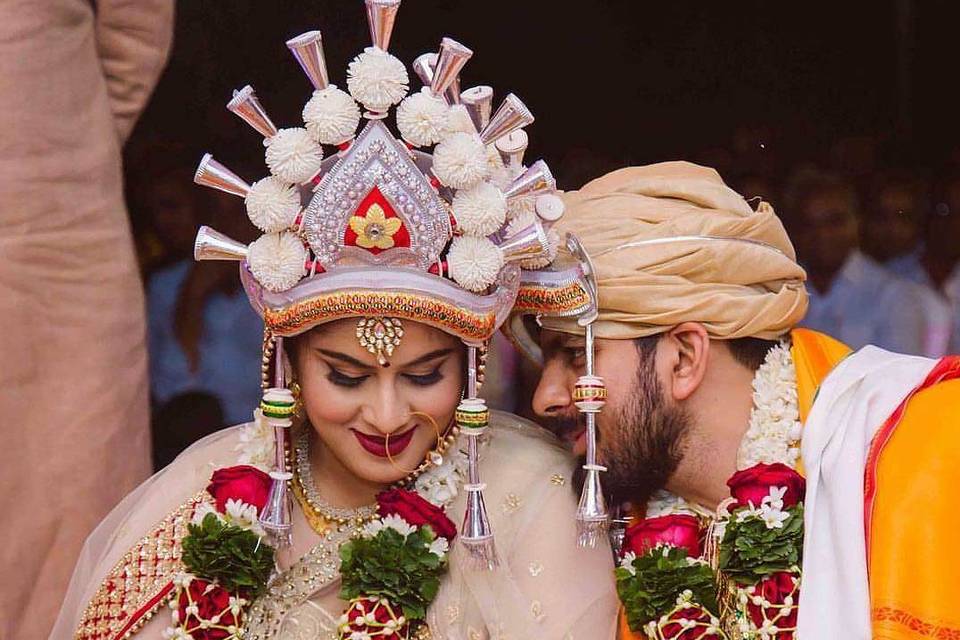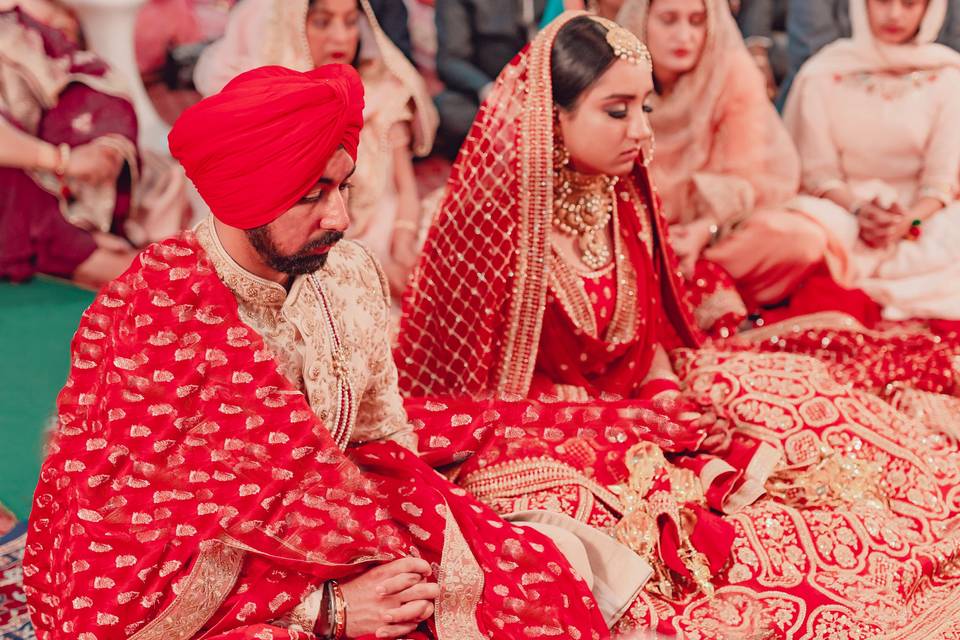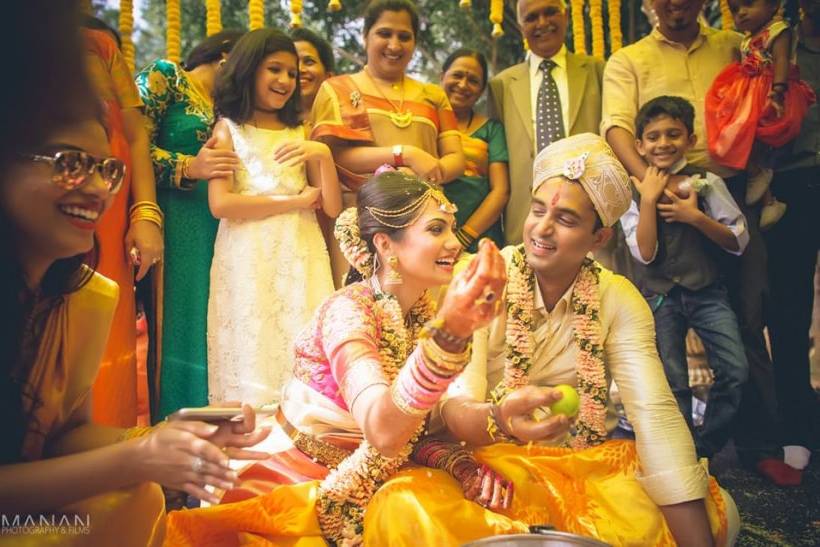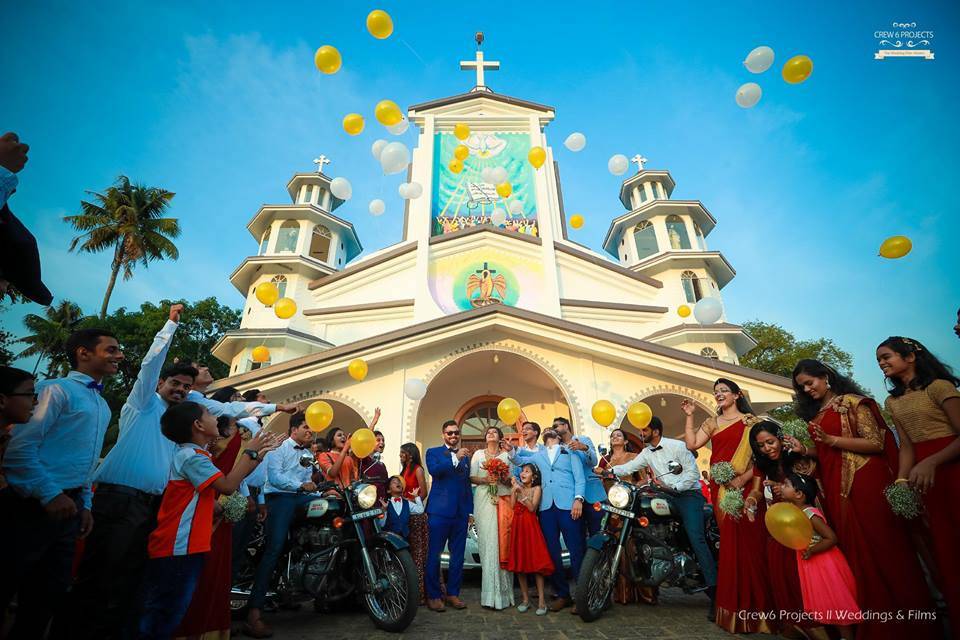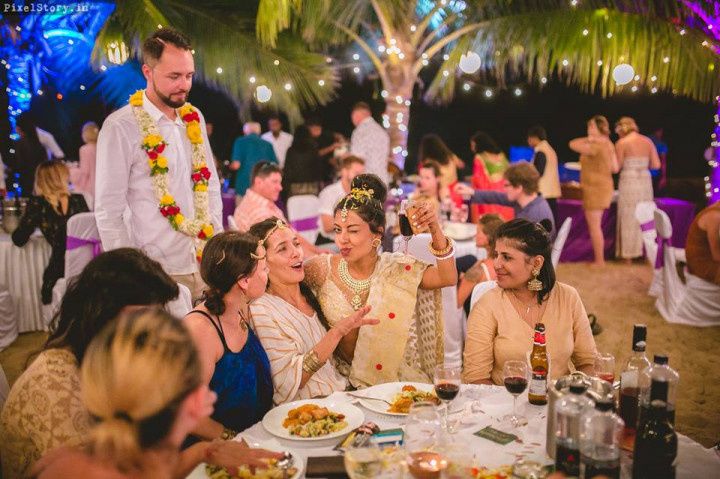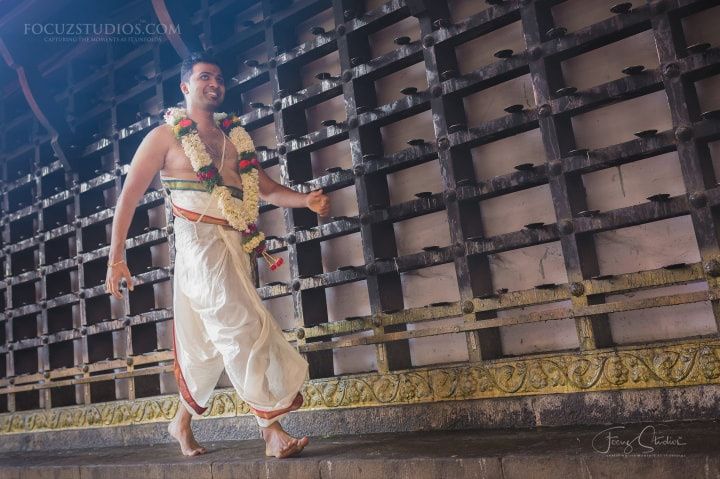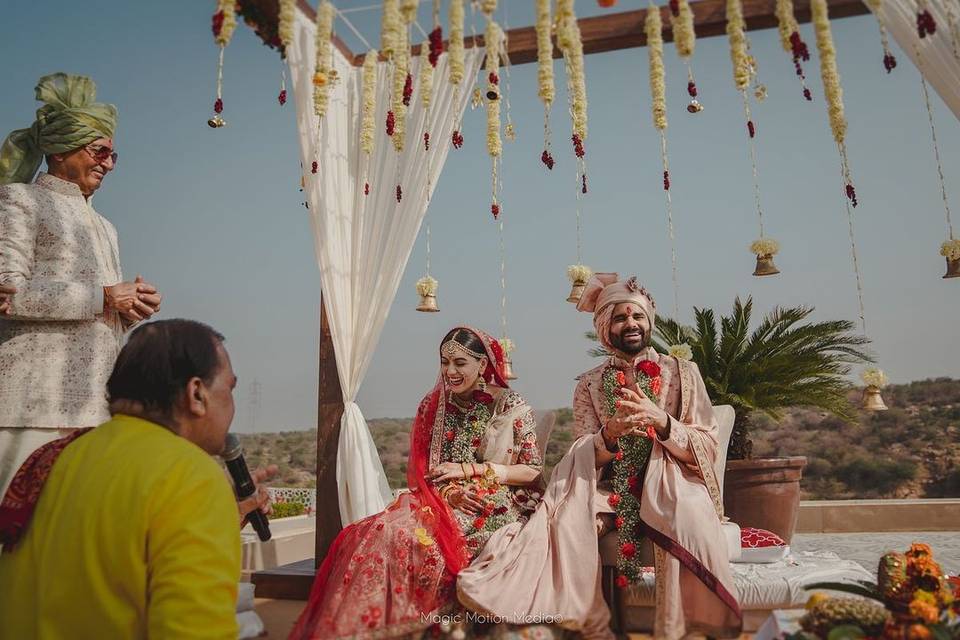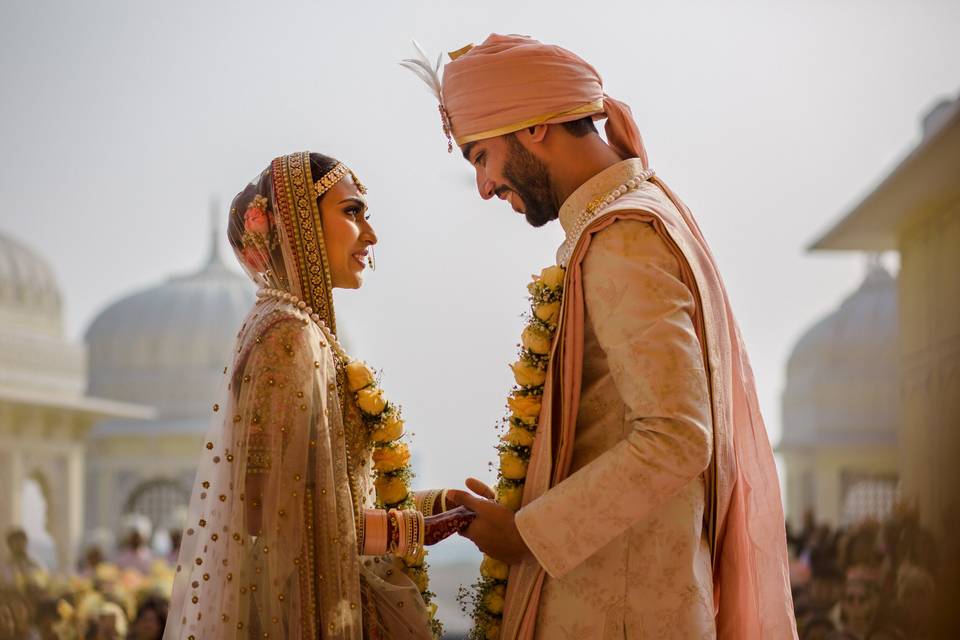Decoding Indian Muslim Weddings: the Royalty of a Nikah Ceremony
From understanding the ethereal wedding attire to unveiling the reason behind the symbolic rituals, here’s a rundown of an Indian Muslim wedding ceremony, the Nikah.


Image Courtesy: Kaagaz Ke Phool
The Indian Muslim wedding is so much more than the echoing of two magical words “Qabool Hai” from two different ends of the ceremonial location. It is a pompous procession of religious and cultural traditions that behold the essence of rituals, passed down over centuries. With over 172 million people in India getting married according to Islamic traditions every year, an Indian Muslim marriage is also one of the most prominent religions to practice numerous rituals and traditions for their wedding ceremony.
The Nikkah ceremony's blueprint was handed down from the Middle-East and it is celebrated over a period of 3 days generally.
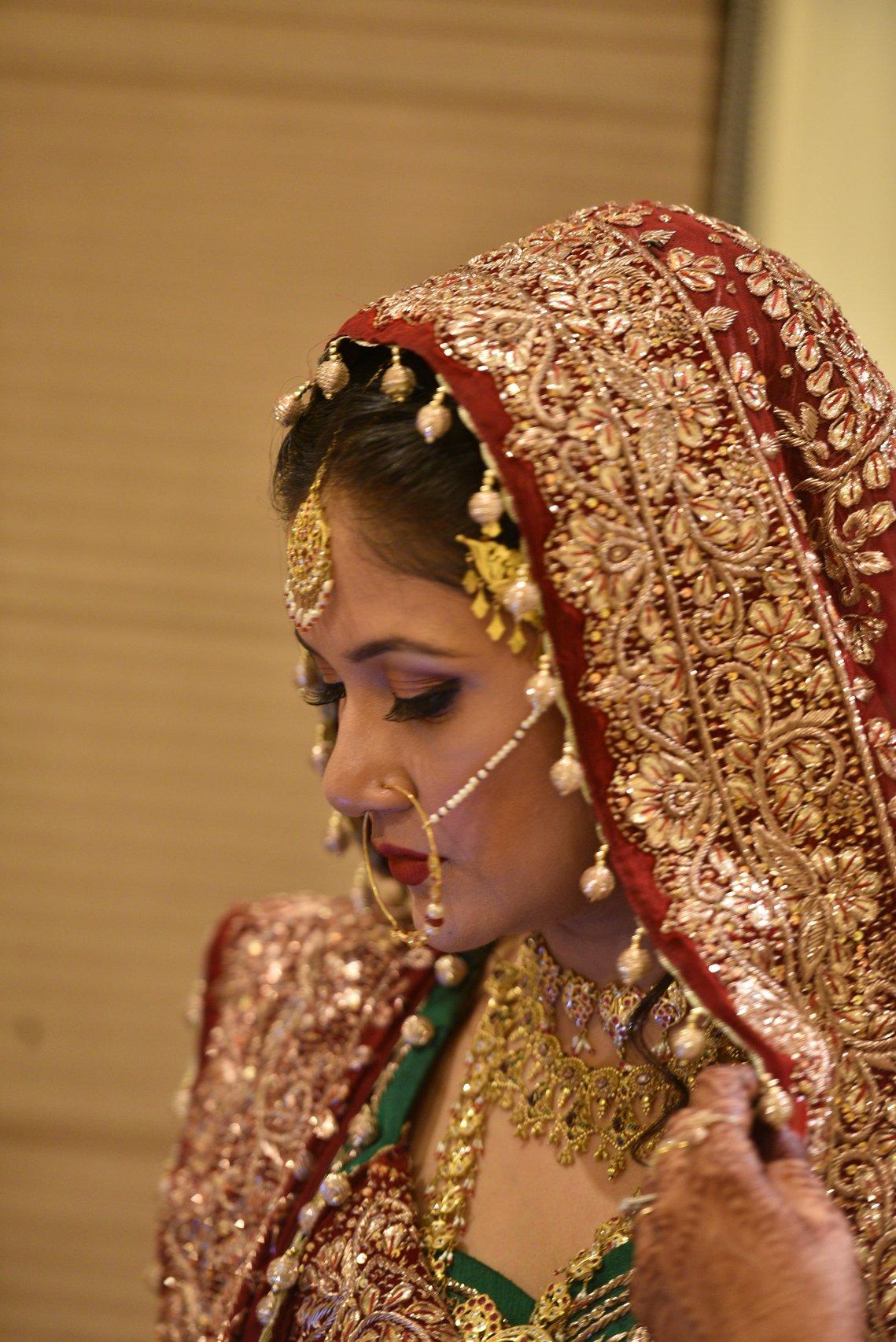
Image Courtesy: Anam Zubair
The Nikah ceremony is the heart of an Indian Muslim wedding and its name is derived from the Arabic translation of the word, marriage. In Islamic tradition, there is no strict rule that the person officiating a wedding needs to be a marriage officer however the Qazi (also known as the Imam or Maulvi) officiates the wedding mostly.
Apart from him, a person who understands the traditions of Islam is more than valid to officiate a Muslim wedding. Also, a Muslim wedding might not necessarily be held in a mosque, it is usually held at the bride's home or the millennials have often picked breathtaking wedding venues for the same.
Let us take a dive into the intricacies of the Indian Muslim wedding ceremony, the regal Nikah.
Pre-wedding Rituals
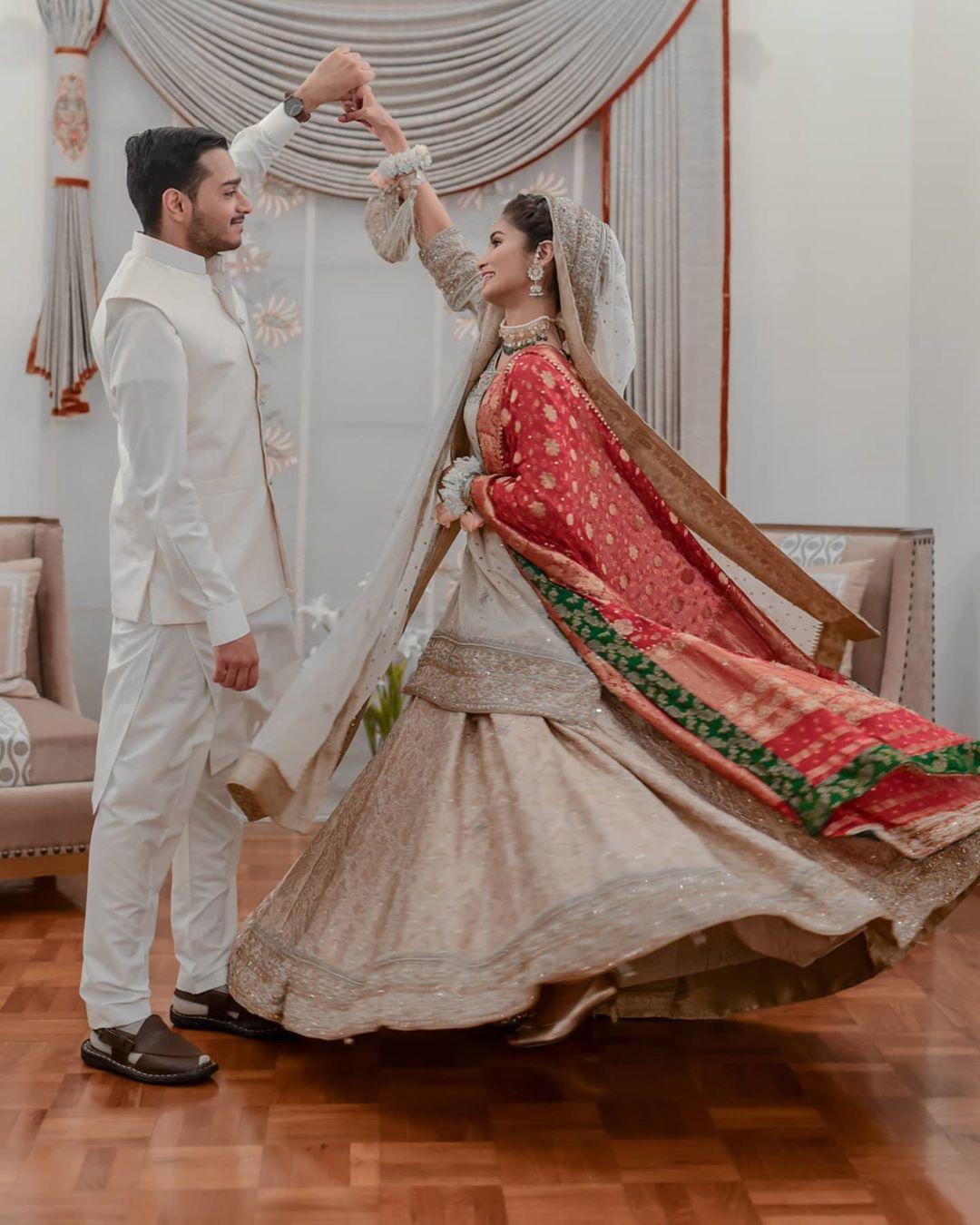
Image Courtesy: Chamak & More
Like every other wedding in India, Indian Muslim weddings too have a series of events, full of cultural symbolism and ideologies that lead to the ultimate day, the Nikah. While the traditions may differ depending on Islamic sect, gender-separate rules and cultural beliefs, signing of a marriage contract in a Muslim wedding is irrefutable.
Manjha & Mehndi

Image Courtesy: Chamak & More
Muslims celebrate Manjha and Mehndi ceremony before the bride and groom walk down the aisle. The bride and groom are laden in a paste made with Haldi, sandalwood and rose water by friends and family in the Manjha ceremony which is also known as the Uptan or the Mayon ceremony.
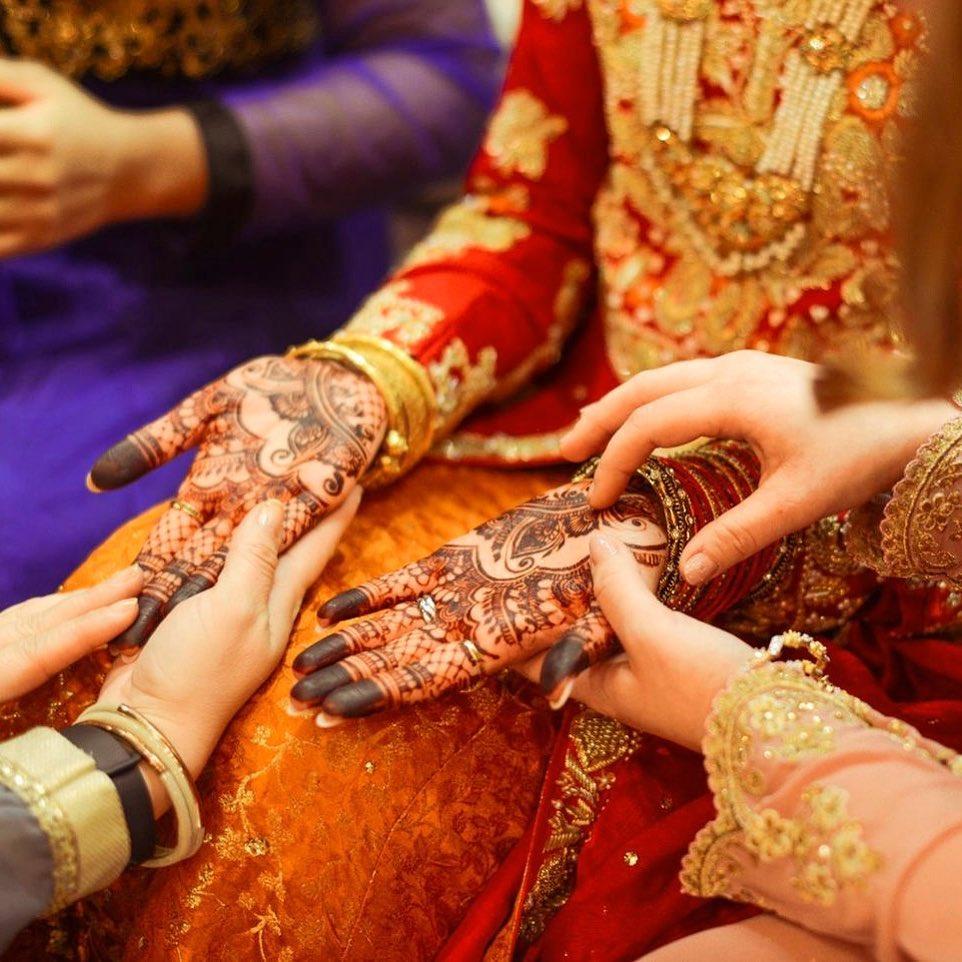
Image Courtesy: Kaaghaz Ke Phool
After the Manjha ceremony, the brides get ready to the mehndi ceremony to get her hands and feet adorned in intricate and gorgeous Arabic mehndi designs and is usually celebrated a day before the actual wedding.
Mehr
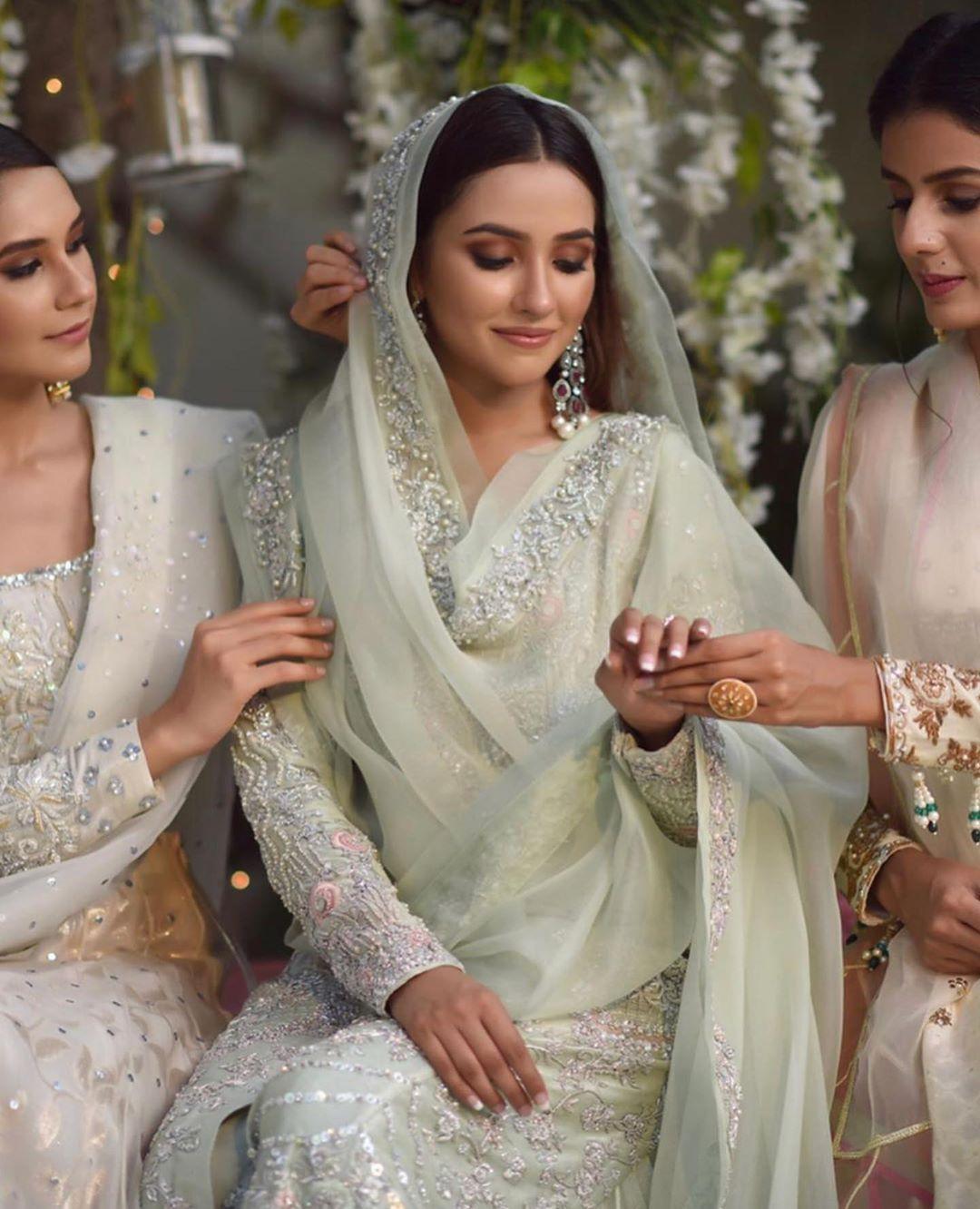
Image Courtesy: Mehlum S. Sadriwala
The Manjha and mehndi ceremony is then followed by Mehr. Mehr is an offering ceremony of certain assets or money as a token of security and well-being for the bride from the groom and his family. Mehr can be given before the wedding or even after the wedding by the groom. Many modern-day couples consider the bridal ring as Mehr and do not require something substantive to follow this ritual. Once the Mehr is acknowledged and accepted, the couples proceed to the main ceremony, the Nikah.
The Nikah Ceremony
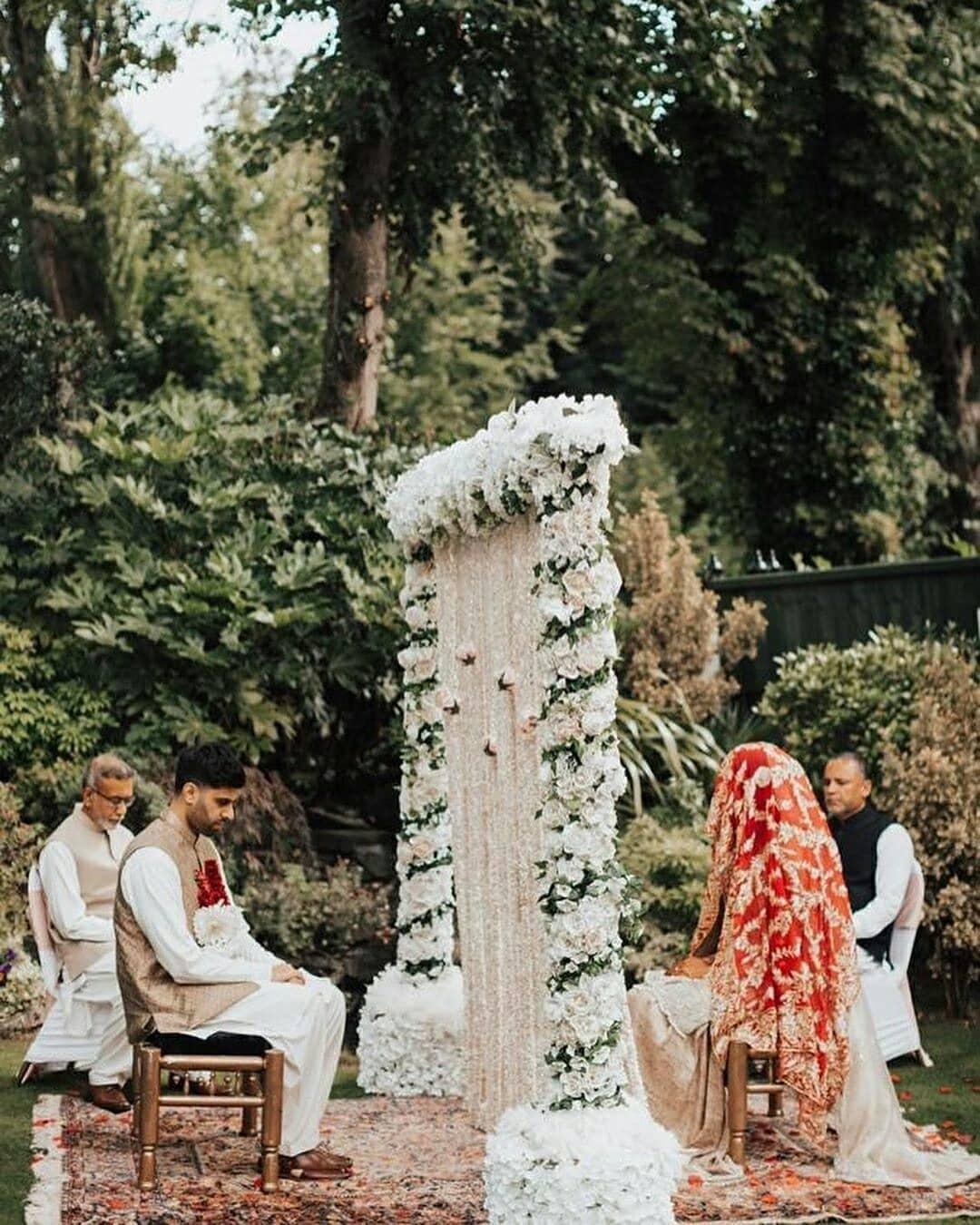
Image Courtesy: Maria Atchia Photography
The day of the Nikah ceremony begins with a Baraat where the groom enters the wedding venue with great pomp and show along with his family and friends dancing to the beats of the dhol walas. This procession arrives at the bride's house or the wedding venue.
The idyllic Muslim wedding requires the groom and the bride to be seated differently. However, Nikkahs these days have the bride and the groom seated right opposite to each other with a curtain in between that can be made of net, flowers or other heavy fabric too.
Signing The Nikahnama
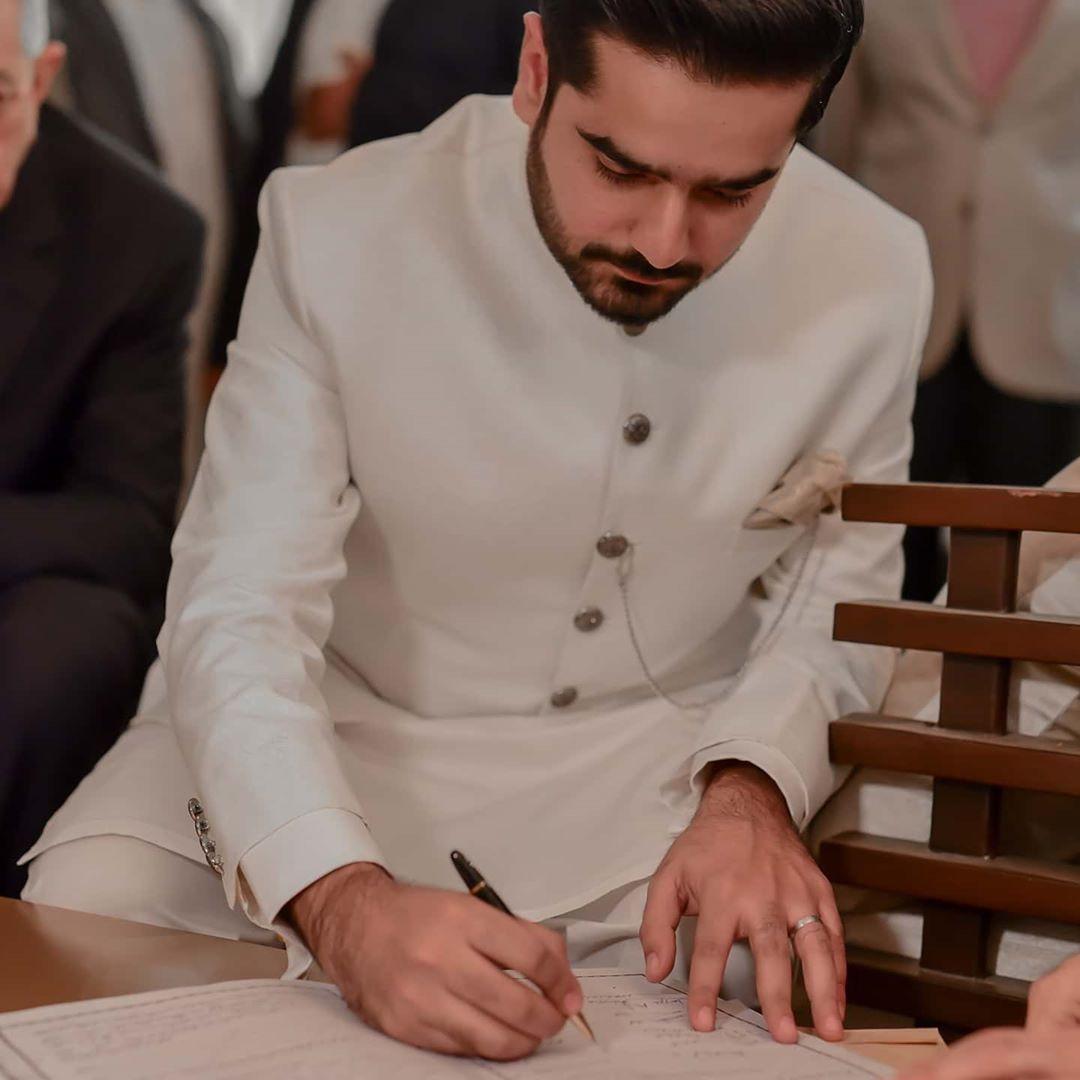
Image Courtesy: Chamak & More
The marriage officiant or the Qazi recites rituals from the Holy Quran which expects the bride and the groom to accept the vows by announcing out loud, the two magical words "Qabool hai" three times in a rather affirmative tone. This entire ritual is called Ijab-e-Qabool. The walises (fathers) or brothers of both the bride and the groom are present during this.

Image Courtesy: Chamak & More
The couple then looks at each other as they proceed towards sighing the Nikahnama, the Muslim marriage contract. It outlines the individual duties of the bride and the groom and by signing the contract, the couple is officially bound in holy matrimony which is now legal and acceptable according to the Islamic wedding traditions.
Fact: The groom signs the Nikahnama first and then it is taken to the bride for her signing because the bride has the ultimate say in a Nikah.
The Mirror Ceremony

Image Courtesy: Ayesha Ahmad Photography
Once the Nikahnama is signed the bride and groom are seated next to each other and covered by a decorative dupatta on their heads. Although jointly seated, the bride and the groom can only observe one another via mirrors, and a copy of the Quran is placed in between their assigned seats. Guided by the Maulvi, the couple reads Muslim prayers.
Rukhsati

Image Courtesy: Chamak & More
The Rukhsati is the vidaai ceremony when the bride bids adieu to her family and leaves with her husband to start a new life and build a happily ever after with him. The holy book is held above her head when she arrives at the groom's house by the mother-in-law to welcome her in her new home with blessings from the almighty.
Walima or Dawat-e-Walima
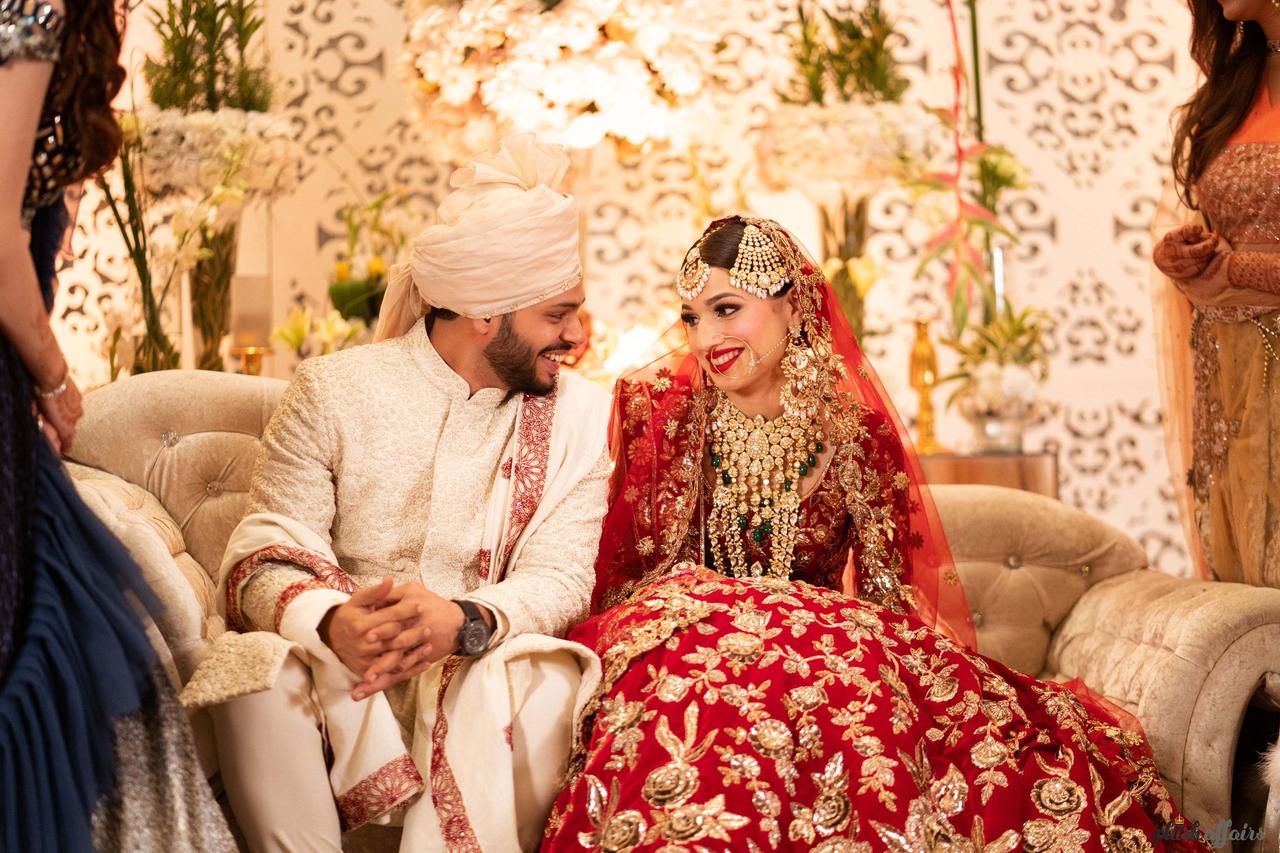
Soon after the wedding, there is a reception that is hosted by the family of the groom usually given that the bride's family hosts the wedding. This official reception is known as the walimah or the Dawat-e-Walimah.
Nikah Ceremony Wedding Attire

Image Courtesy: Chamak & More
The holy Quran lists a number of attire protocols that couples getting married according to Islamic rituals need to adhere to. However, modern-day couples take some leeway when it comes to putting their best foot forward.
For the Bride

Image Courtesy: Annus Abrar
Most Muslim brides wear heavily embellished sharara sets or Ghararas with long kurtis. While the colour green is considered auspicious for brides for the wedding day, modern-day brides are seen experimenting with reds, pinks and golds too. Gota Patti work and Zari embroidery are also seen very commonly in Muslim bridal attire.
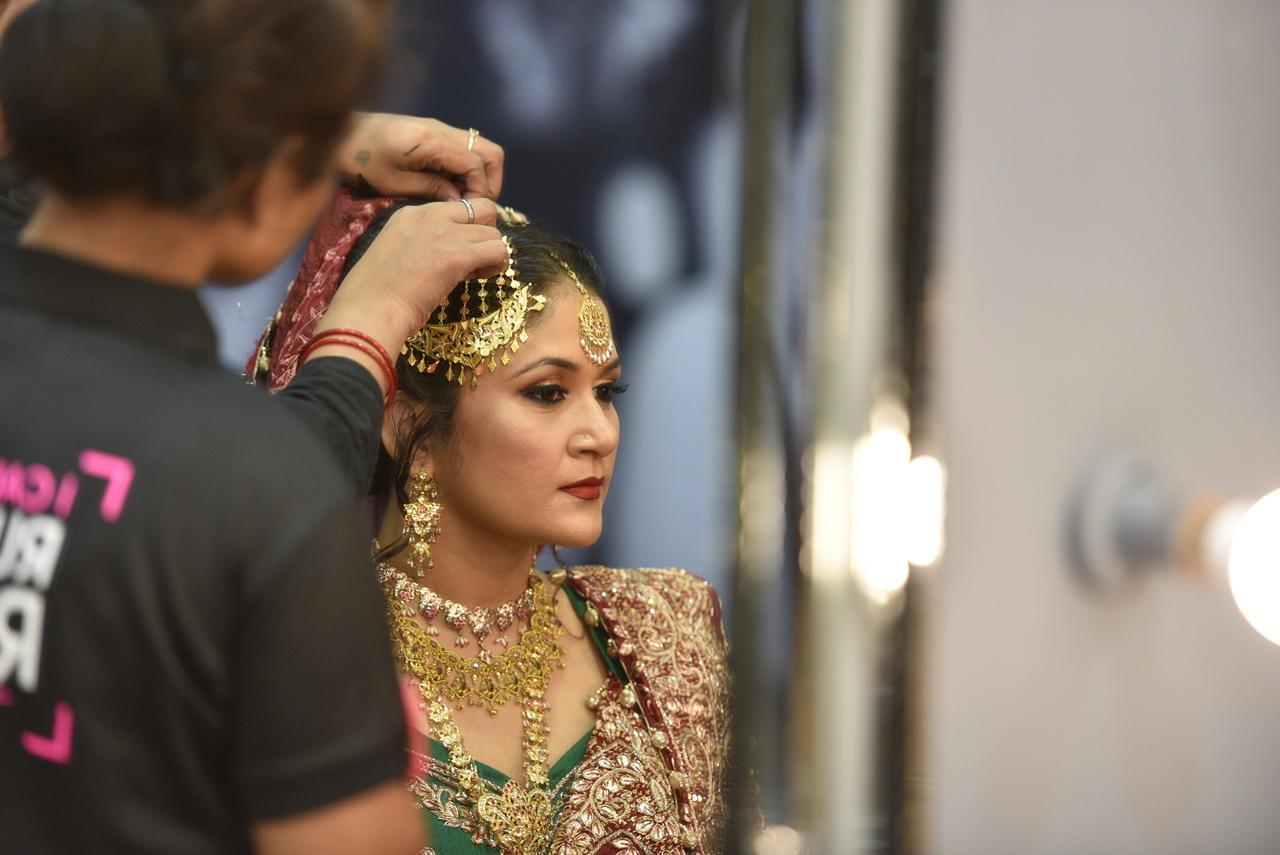
Image Courtesy: Anam Zubair
What's profoundly famous about a Muslim bridal look is its jewellery, the Nath being a compulsory element. The Passa or the Jhoomar is also one of the most striking jewellery pieces that a Muslim bride dons.
For the Groom
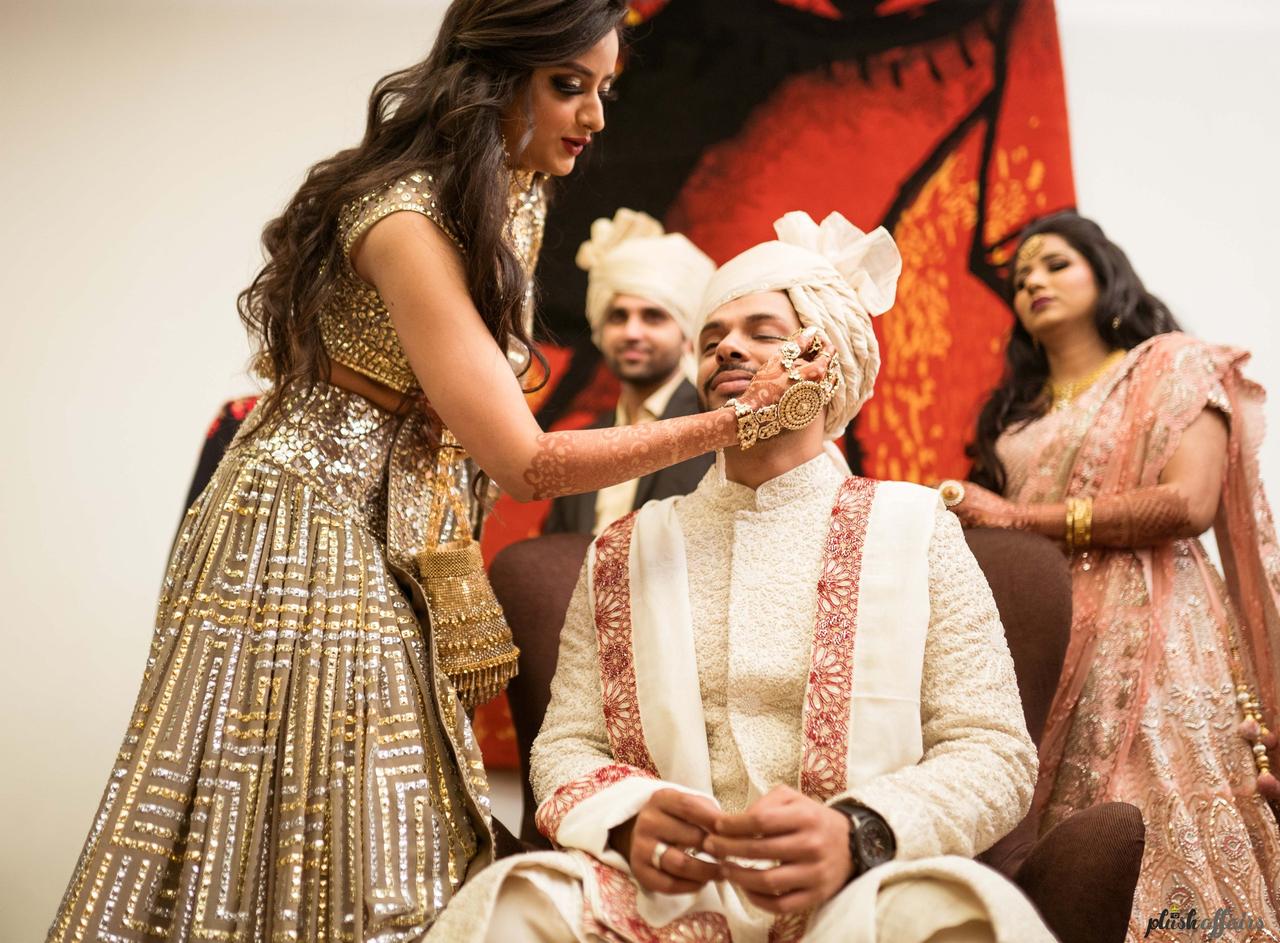
Muslim grooms are usually seen wearing the quintessential sherwani or kurta pyjama for the Nikah ceremony. Many modern-day grooms don't shy away from slipping in western outfits like suits or tuxedos.

Image Courtesy: Chamak & More
The groom also wears a sehra before he leaves with his baraat.
On this note, we come to an end of decoding the Indian Muslim wedding ceremony, the Nikah and understanding the remarkable rituals and traditions.
With inputs from Anam Zubair, Sadaf Raza Zaidi & Bhavika Vallecha.
Planning your Muslim wedding? Get in touch with the best vendors to make your wedding a memorable one.



